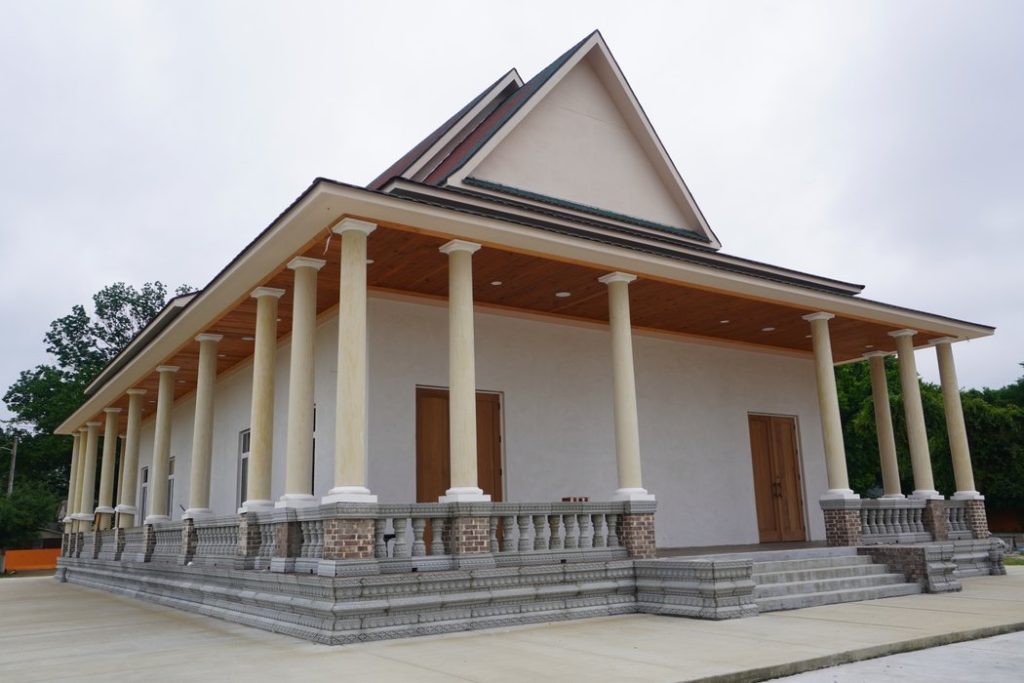(Original) Editor’s Note: Mehn Tala Norm is a student in Professor Rebecca Finlayson’s Introduction to Journalism course at Rhodes College. The students taking the course spent time this spring researching and writing about Memphis. They are learning the core principles and techniques of journalistic writing while also learning about their local community.
Weekends are when Watt Dhammaratanaraingsei is the liveliest. “Mostly only during the weekend do people have free time to come together … and time to pay homage to the Buddha,” says Bhikkhu Bunthat, one of the head monks of the temple.
Bhikkhu is the most common cross-cultural term to address monks in the Theravada tradition, the predominant Buddhist tradition in Burma, Cambodia, Laos, Thailand, and Sri Lanka. On a typical week, a group of temple community members, mostly women, come to the temple in weekend mornings with ingredients, cooked food, or both and prepare meals for the monks. They make breakfast and lunch, as monks are only allowed to eat before noon, and they do not leave until late in the afternoon after taking care of necessary errands. “During weekdays …[families] separate the shifts. Before they go to work, they bring the food to offer to the monks,” says the Bhikkhu.
By providing the needs of the sangha (the monastic community) and maintaining the Watt (Wat or Watt is the general term for a temple or monastery in Cambodia, Laos, and Thailand), the community members are increasing their store of good merits. Good merits are their token to be reborn in a superior realm in the afterlife. The Bhikkhus, in return, are also responsible for teaching them the Dharma (Buddha’s teachings) and guiding them towards enlightenment.
Throughout the year, Bhikkhu Bunthat leads Buddhist services and rituals, ranging from administering the five precepts and chanting to household blessings and funeral prayers, for all Cambodian families who are members of the temple living across the Mid-South. On Tuesday and Thursday evenings, Bhikkhu Bunthat also instructs meditation sessions for a few members of the community who gather at the temple to put Dharma into practice.
PHOTOGRAPH BY MEHN TALA NORM
The original temple hall.

The new ordination hall, currently under construction.
Learning and practicing Dharma is not the only thing that takes place at the monastery. Watt Dhammaratanaraingsei is also a place for social gathering and cultural activities for the community. “For activities, we focus on two. The first one is our traditional culture, and the second is Buddhism,” says Bhikkhu. The biggest celebration of the year at the Watt is Choul Chnam or the Khmer New Year, which falls in the middle of April. “We have a lot of Cambodian food and a lot of fun,” he says. On April 15-17, the whole community came together for merit-making activities, performances such as Cambodian dances and singing, and meals of traditional food. READ MORE: MEMPHIS MAGAZINE
